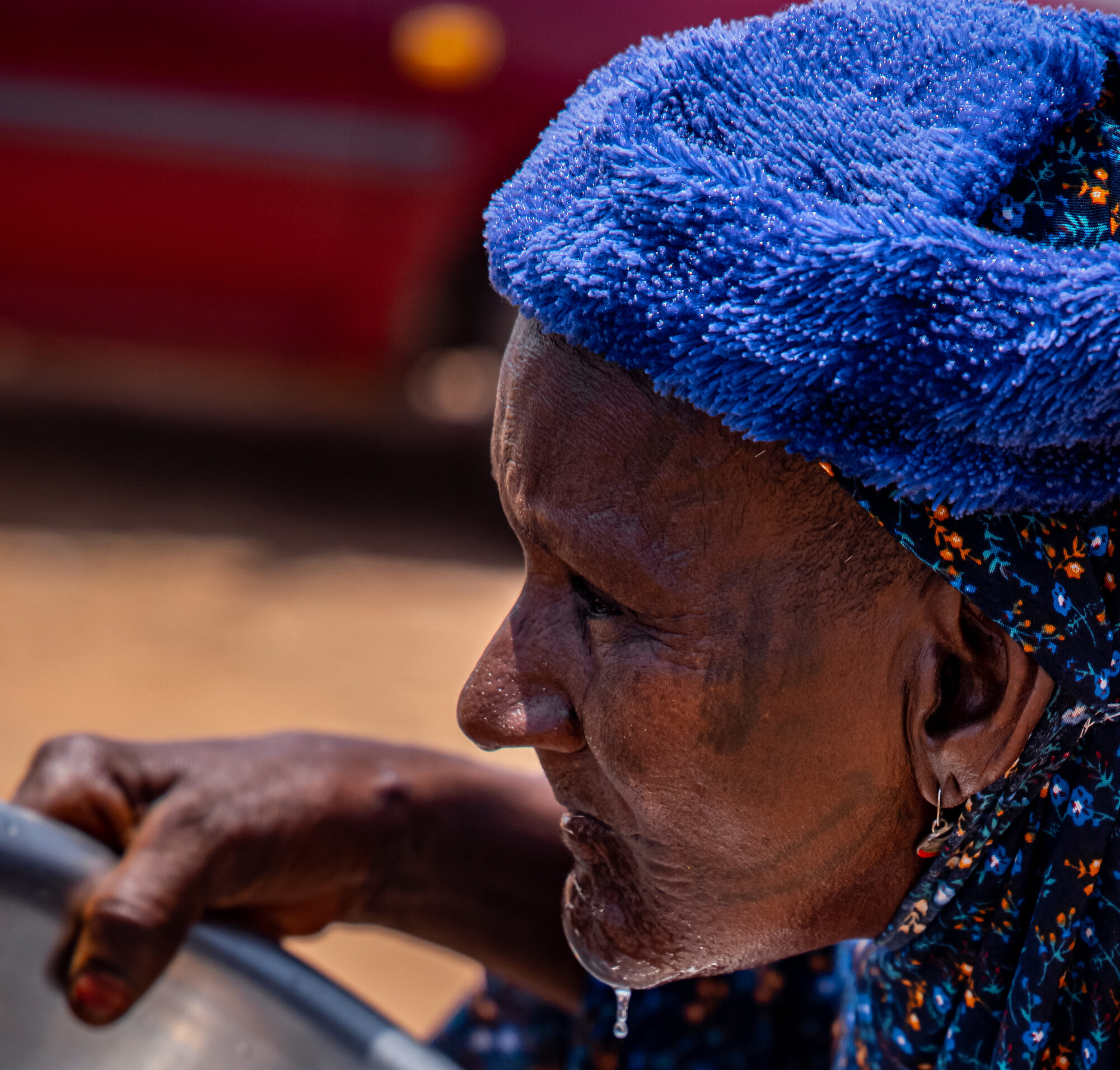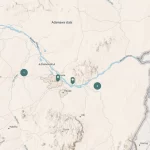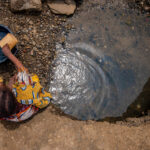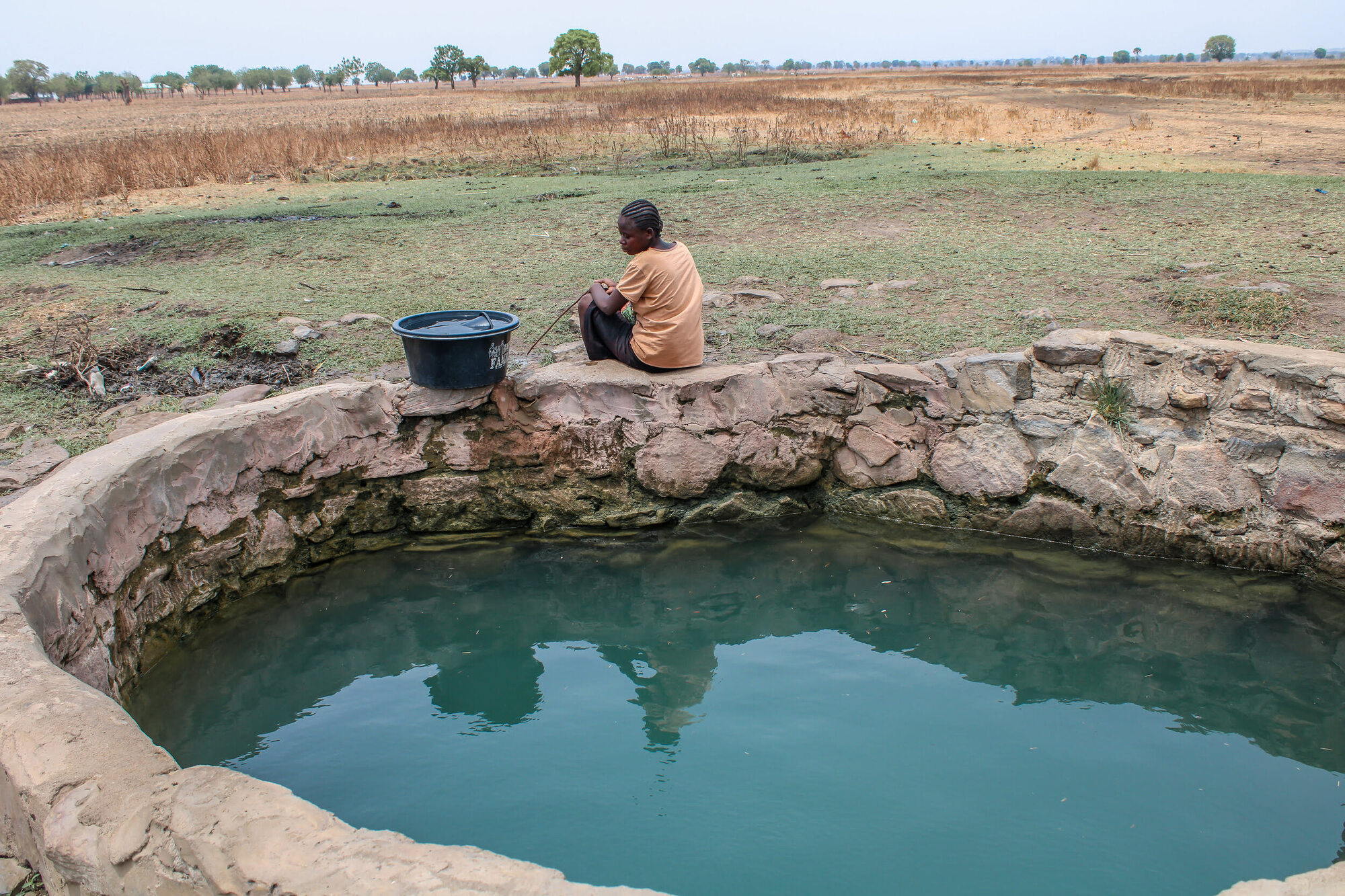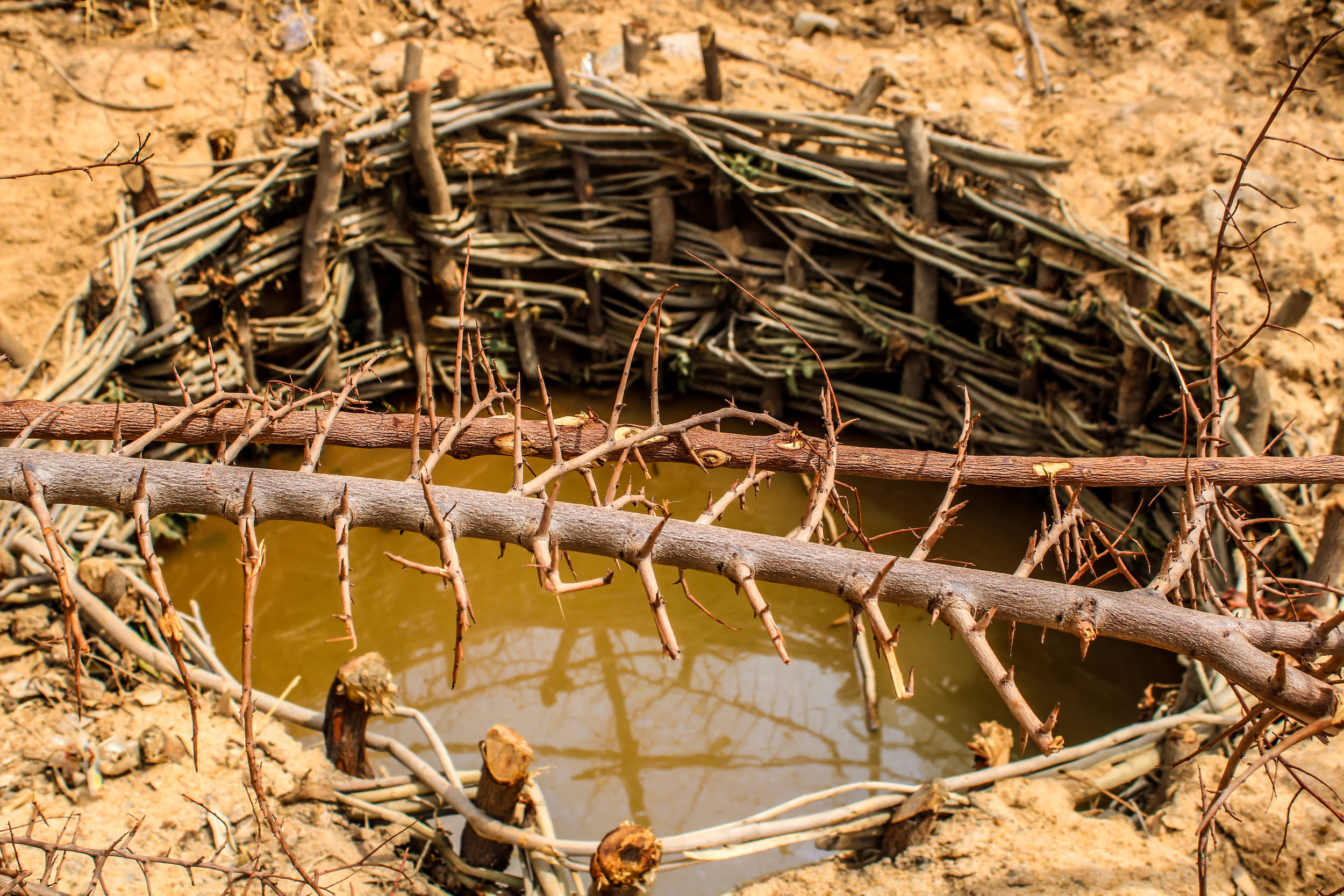In most communities, older people serve as guardians of culture, preserving their people's collective memory. But in Malkohi, this is not the case. Here, even the older population is caught up in the daily struggle for water, leaving no time for sharing stories with the next generation.
Malkohi — Thirsty for Change
